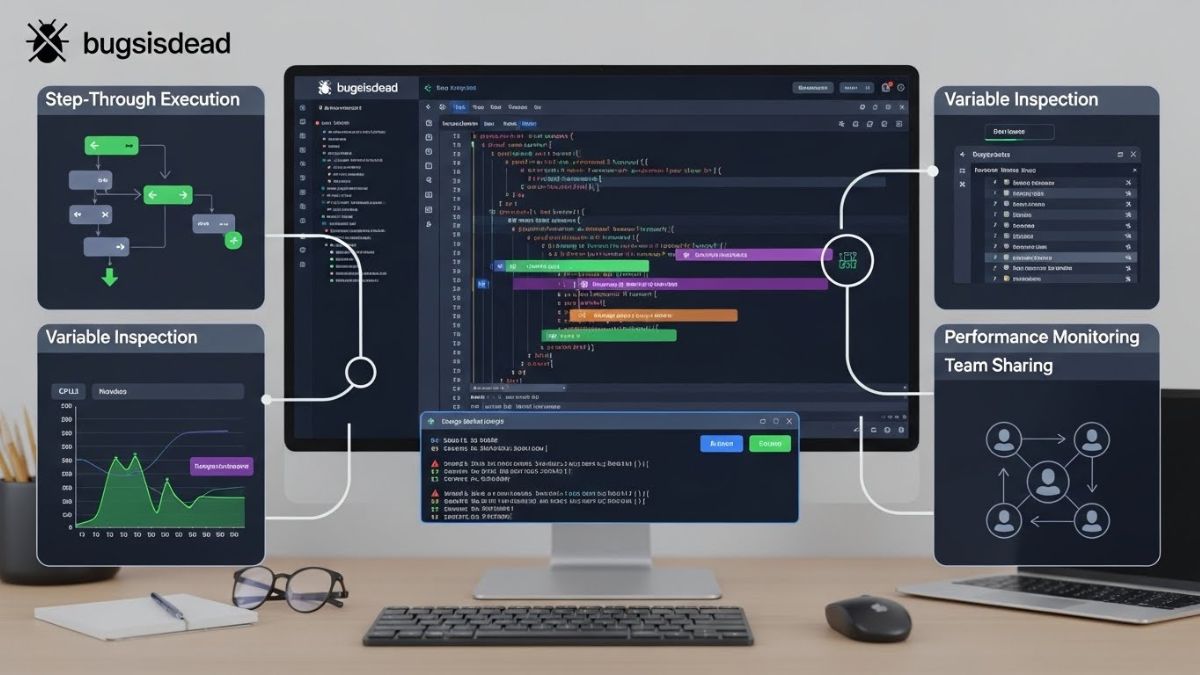In the modern metalworking industry, precision, efficiency, and high-quality production are key factors for staying competitive. One of the most important tools used to meet these requirements is the CNC Vertical Machining Center (VMC). This article will explore how CNC vertical machining centers enhance efficiency and quality in metalworking, helping manufacturers meet the demands of various industries, from automotive to aerospace.
What is a CNC Vertical Machining Center?
A CNC Vertical Machining Center is a type of milling machine that uses computer numerical control (CNC) to automate the machining process. VMCs are typically equipped with vertical spindles that allow for efficient and precise milling, drilling, and tapping operations. The “vertical” in VMC refers to the orientation of the machine’s spindle, which is positioned perpendicular to the workpiece, enabling it to perform vertical cuts.
CNC vertical machining centers are known for their ability to produce complex and precise parts at high speeds, making them an ideal choice for industries requiring high-quality, tight-tolerance metal components.
Enhancing Efficiency in Metalworking with CNC VMCs
1. Increased Production Speed
One of the primary ways CNC vertical machining centers improve efficiency is by reducing the time it takes to produce a part. With the ability to perform multiple operations such as milling, drilling, and tapping on a single machine, VMCs eliminate the need for manual setup and tool changes. This results in faster turnaround times, higher throughput, and fewer manual errors.
For example, modern VMCs are equipped with high-speed spindles and advanced control systems that allow for quick and accurate cutting, helping manufacturers meet demanding production schedules.
2. Automation for Consistent Results
CNC machines are known for their ability to automate the machining process, which leads to greater consistency in production. Once a part’s design and machining parameters are programmed into the machine’s CNC system, the machine can produce identical parts with high precision. This reduces human error, ensures uniformity, and allows manufacturers to achieve the same quality across all parts, batch after batch.
Additionally, VMCs can operate continuously with minimal downtime, allowing for automated production during non-working hours. This boosts productivity and helps manufacturers meet tight deadlines.
3. Reduced Setup Time
The setup time for CNC vertical machining centers is generally much shorter compared to traditional machining methods. With modern VMCs, operators can input the required machining parameters directly into the machine’s control system, reducing the time spent on manual setup. Many VMCs also come equipped with automatic tool changers (ATCs), which can load and swap tools during machining, further reducing idle time between operations.
4. Flexibility in Production
CNC vertical machining centers are highly versatile and can handle a wide variety of materials and components. Whether working with metals like steel, aluminum, or titanium, or plastics and composites, VMCs offer flexibility to adapt to different production needs. This makes them a valuable tool for manufacturers who need to produce a wide range of parts without having to switch between different machines.
For example, industries such as automotive and aerospace require complex parts that demand various cutting techniques, all of which can be accomplished with a single CNC VMC setup.
Improving Quality with CNC VMCs
1. Precision and Accuracy
One of the key benefits of CNC vertical machining centers is their ability to produce high-precision parts. The computerized controls of VMCs enable the machine to make extremely fine adjustments to cutting parameters, resulting in highly accurate and consistent dimensions.
This level of precision is critical in industries such as aerospace, where even the slightest deviation in part specifications can lead to operational issues. VMCs ensure that parts meet strict tolerances, reducing the need for rework and enhancing the quality of the final product.
2. Tight Tolerances for Complex Parts
CNC VMCs are particularly useful when it comes to machining complex geometries that require tight tolerances. The combination of advanced control systems, high-speed spindles, and multiple-axis machining allows manufacturers to produce intricate designs that would be difficult or impossible to achieve with manual machines.
The ability to machine multi-dimensional features on a single setup eliminates the need for multiple machines and setups, which can lead to inconsistencies between parts.
3. Surface Finish and Quality Control
CNC vertical machining centers also help improve the surface finish of machined parts. With adjustable cutting speeds, feeds, and tool paths, VMCs can produce smooth surfaces that meet stringent quality standards. This is especially important in industries like automotive, where aesthetic quality and function are equally critical.
Moreover, many VMCs are equipped with quality control features, such as automatic probing systems, which help measure the part during machining and ensure that it meets the required specifications. This in-process measurement can help prevent defects and reduce scrap.
4. Reduction of Human Error
Human error is an inevitable factor in manufacturing, especially when manual methods are used. CNC vertical machining centers eliminate the potential for mistakes in machining, as the process is automated and controlled by precise computer programming. Once the program is set, the machine can execute the entire operation with minimal human intervention, reducing the chance of errors and improving part quality.
The Impact of CNC VMCs on Industry Sectors
1. Automotive Industry
In the automotive industry, VMCs are used to produce components such as engine blocks, cylinder heads, and transmission parts. The ability to produce high-precision parts quickly and efficiently allows automotive manufacturers to maintain competitive production schedules while ensuring the highest quality for safety-critical components.
2. Aerospace Industry
Aerospace manufacturers rely on the precision and versatility of CNC vertical machining centers to produce complex parts for aircraft engines, landing gear, and airframes. VMCs help meet the stringent standards for aerospace components, where even the smallest deviation in measurements can have serious consequences.
3. Medical Device Manufacturing
In the medical device industry, VMCs are used to produce high-precision parts such as surgical instruments, implants, and diagnostic equipment. The ability to create complex, tight-tolerance components is crucial in this industry, as the products must meet stringent regulatory standards and perform reliably in life-saving applications.
Choosing the Right CNC Vertical Machining Center
When selecting a CNC vertical machining center for your operations, there are several factors to consider. These include the size and complexity of the parts to be machined, the materials being used, and the production volume.
A good starting point is to evaluate your needs based on the type of work you plan to do. BORUI CNC Vertical Machining Center offers a range of features that make it ideal for both small-batch and large-volume production. With advanced technology and precise control, these machines help boost efficiency and ensure high-quality production. For more information about the available models and features, visit https://boruimc.com/.
Conclusion
CNC vertical machining centers are a key part of modern metalworking, offering significant advantages in terms of efficiency, precision, and quality. These machines allow manufacturers to meet the increasing demand for high-quality, complex parts while improving productivity and reducing costs. By integrating advanced CNC technology into their operations, manufacturers can stay competitive in an ever-evolving market and produce parts that meet the highest standards.











